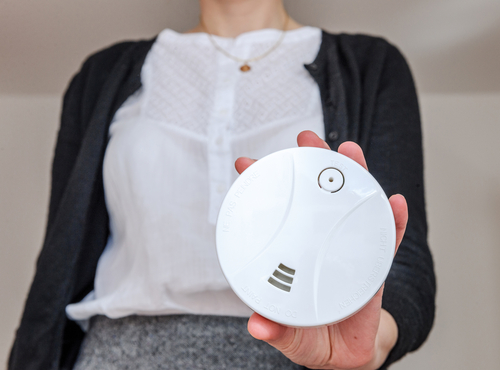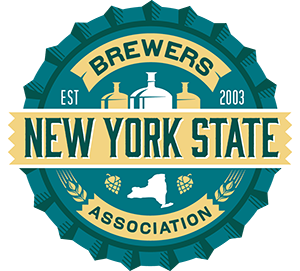Many older propane gas furnaces rely on a pilot light for ignition (most newer models feature an electronic ignition for better efficiency and more reliable start-ups). If that pilot light goes out, your furnace won’t work.
Why Do Pilot Lights Go Out?
Primarily for one of four reasons:
- A blocked intake valve – A buildup of dust or debris can cut off oxygen to the pilot light chamber, making it difficult for its flame to “breathe.”
- A damaged thermocouple – A thermocouple is an electrical switch that varies its output when temperatures change – on your gas furnace, it’s used to cut off gas supply as a safety measure. A qualified technician must repair or replace a damaged thermocouple; it’s definitely not a DIY job.
- A fuel leak – Insufficient fuel reaching the pilot light can cause your flame to glow yellow rather than blue – a yellow pilot light flame usually indicates a leak somewhere in your system. Your furnace responds to that leak by automatically shutting down for safety reasons. Do not attempt to repair heating system leaks yourself.
- Wind or a draft – Most pilot lights simply blow out. Luckily, this is one of the easiest problems to fix. Follow these steps to reset your pilot light (please note: always follow manufacturer’s instructions if they are different than those listed below!).
- Step 1: Find the gas valve in the pilot light assembly; it typically has “on,” “off,” and “pilot” settings.
- Step 2: Turn the valve to the OFF position and wait three minutes or more for It to reset.
- Step 3: After three minutes, turn the valve to the PILOT setting and hold a lighted match next to (not inside!) the pilot light opening. While holding the match, push and hold the reset button on the pilot control panel until you see the pilot light ignite, then set the valve to the ON position.
- Step 4: If the pilot light doesn’t light after several attempts, contact a heating professional for service.
Stay safe and warm this winter with reliable propane delivery in Buffalo and Rochester New York from the exerts at Irish Propane. Contact us today to become an Irish Propane customer!







